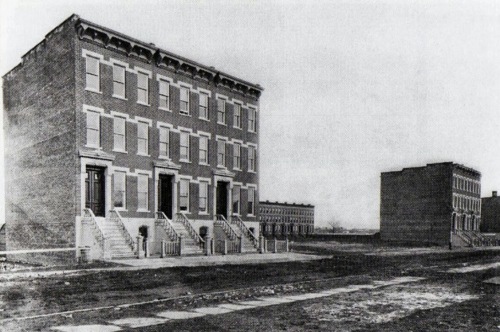
From Better! Cities & Towns writer Dan Zack: "For the past 70 years or so, much of what we have built in the US has been of the large, 'master planned' variety of development. When New Urbanism rose onto the scene, many of its early and iconic projects, such as Seaside and the Kentlands, were also large, master-planned developments. "This feels normal to our generation, but historically this is an anomaly. Prior to World War II, and going back for millennia, most development was not of the large-scale, master-planned variety. Rather, most cities and neighborhoods were built lot-by-lot, by dozens or hundreds of land owners and developers. I refer to this kind of development as Incremental Urbanism.
"After 70 years, we've gotten used to the tidiness of master-planned development. In comparison, lot-by-lot development can look messy. Sometimes, buildings of dramatically different heights sprout up right next to each other. Other times, materials or styles are different. In some instances, new buildings snake around the buildings of owners who wouldn't sell out, creating strange shaped sites.
"We need to overcome these hangups, though. To satisfy unmet consumer preferences, improve our economy, reduce housing shortages, and reduce environmental damage we need the majority of our growth to happen in areas with a lot of jobs, services, walkability, and transit. Most of these areas are older areas with a small lot pattern. If we don't allow development until a whole block is assembled so that it is tidy, we're not going to get much development." Full post here.
